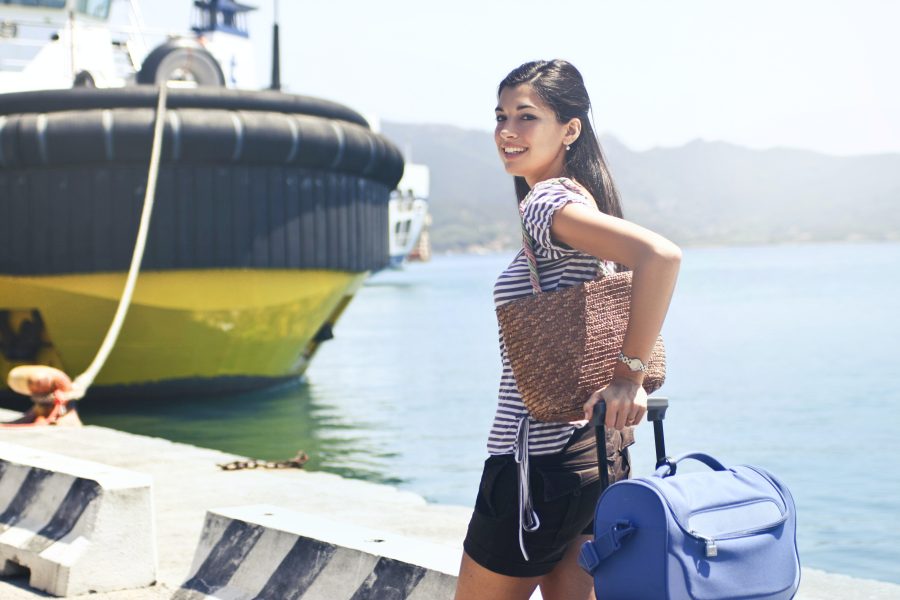Cruise vacations are a popular choice for travelers seeking adventure, relaxation, and unforgettable experiences. When embarking on a cruise, passengers can have peace of mind knowing that cruise lines, such as Carnival Mardi Gras and Royal Caribbean cruise ships, prioritize the safety and security of their guests.
Here's a closer look at the comprehensive measures implemented by cruise ships to ensure passenger protection:

- Stringent Safety Protocols: Cruise lines adhere to strict safety protocols that meet or exceed international standards. These protocols cover various aspects, including emergency preparedness, fire safety, medical facilities, and crew training.
- Advanced Navigation Systems: Modern cruise ships are equipped with state-of-the-art navigation systems that utilize advanced technologies to ensure accurate and safe navigation. These systems enable ships to avoid hazards and maintain precise course control.
- Trained Crew Members: Cruise ships have well-trained and experienced crew members who undergo rigorous training in safety procedures and emergency response. They are responsible for ensuring the well-being and security of passengers throughout the voyage.
- Surveillance and Security: Cruise ships employ advanced surveillance systems, including CCTV cameras and security personnel, to monitor onboard activities and ensure the safety of passengers. These measures help detect and prevent unauthorized access and maintain a secure environment.
- Safety Drills and Briefings: Before setting sail, cruise ships conduct mandatory safety drills and passenger briefings. These drills familiarize passengers with emergency procedures, such as muster stations and lifeboat drills, ensuring they are prepared in the event of an emergency.
- Onboard Medical Facilities: Cruise ships are equipped with medical facilities staffed by qualified medical professionals. These facilities provide medical assistance, emergency care, and evacuation capabilities if necessary.
- Collaborations with Authorities: Cruise lines work closely with local authorities, coast guards, and maritime organizations to ensure compliance with regulations and enhance safety measures. This collaboration includes sharing information, participating in joint exercises, and adhering to international maritime safety standards.
- Continuous Evaluation and Improvement: Cruise lines continuously evaluate their safety procedures, adopting best practices and implementing new technologies to enhance passenger protection. They invest in research and development to identify and address potential risks, striving for continuous improvement in safety measures.
Cruise vacations offer a memorable and enjoyable experience, with passenger safety as a top priority. Whether you're sailing on Carnival Mardi Gras or Royal Caribbean cruise ships, you can trust that comprehensive safety measures are in place. From stringent protocols and advanced navigation systems to trained crew members and onboard medical facilities, cruise ships take extensive steps to ensure the security and well-being of their passengers.


